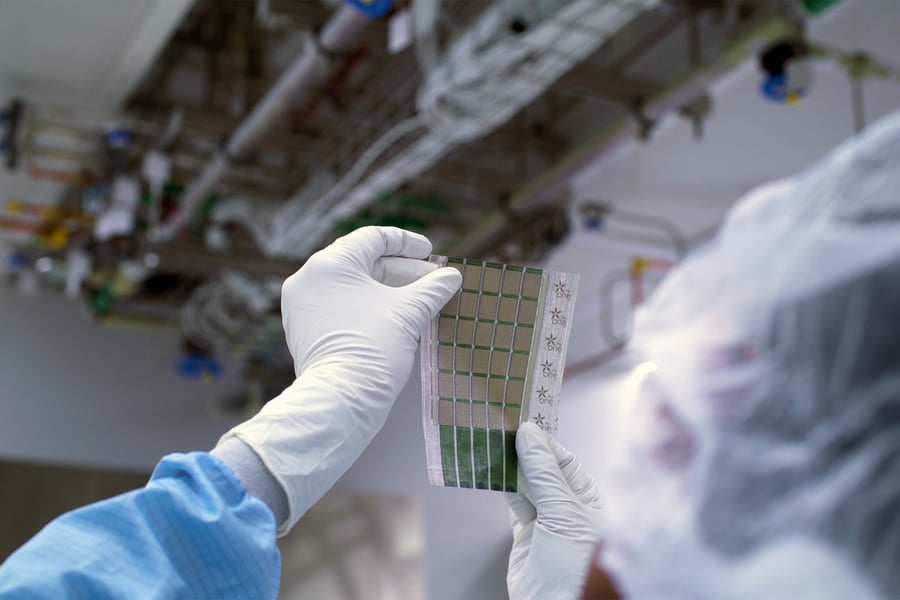
Researchers at the Massachusetts Institute of Technology (MIT) recently unveiled a paper-thin solar cell that could turn any surface into a power source. The device is thinner than a single strand of human hair. It weighs about 100 times less than standard solar cells.
Ultralight solar cells can tear easily and be hard to use on a wide scale. The scientists overcame the challenge by sticking the solar cells to sheets of a fabric called Dyneema. The lightweight material is made of extremely strong fibers. It was used as ropes to pull out the sunken cruise ship Costa Concordia from the Mediterranean Sea in 2014.
When used in the laboratory, MIT's solar cell was able to generate about 370 watts per kilogram. This is about 18 times more power per kilogram than normal solar cells. The researchers then tested the device's durability by rolling and unrolling it over 500 times. They found that it retained over 90 percent of its power-generating ability.

The scientists, who published their findings in the journal Small Methods on December 9, 2022, have one more challenge to overcome. They need to develop an ultralight case to protect the solar cells. The moisture and oxygen in the air could affect their performance.
"Encasing these solar cells in heavy glass, as is standard with the traditional silicon solar cells, would minimize the value of the present advancement. So the team is currently developing ultrathin packaging solutions that would only fractionally increase the weight of the present ultralight devices," says MIT research scientist Jeremiah Mwaura.
If successful, the devices could be used to capture energy from anywhere. For instance, they could be fitted into the sails of boats to provide power in the sea. They could also be extremely useful in areas struck by a natural disaster.
Resources: news.MIT.edu
